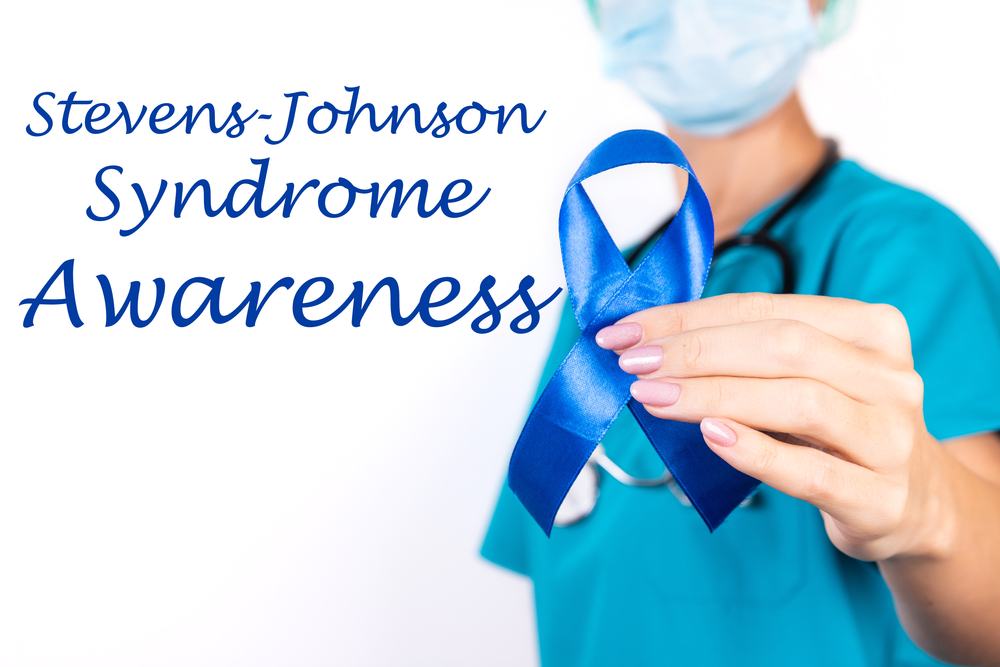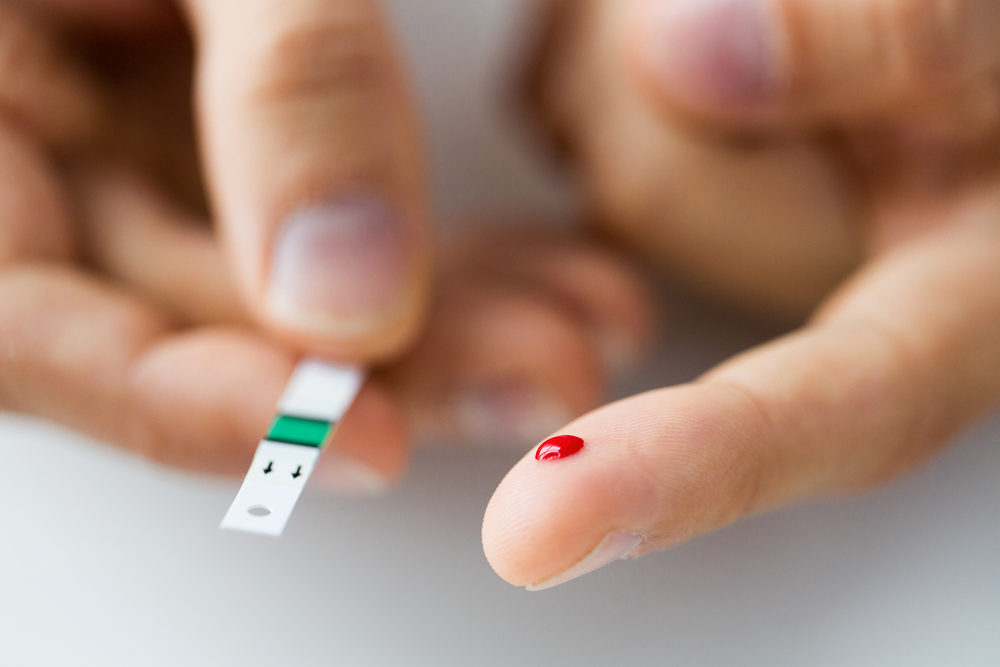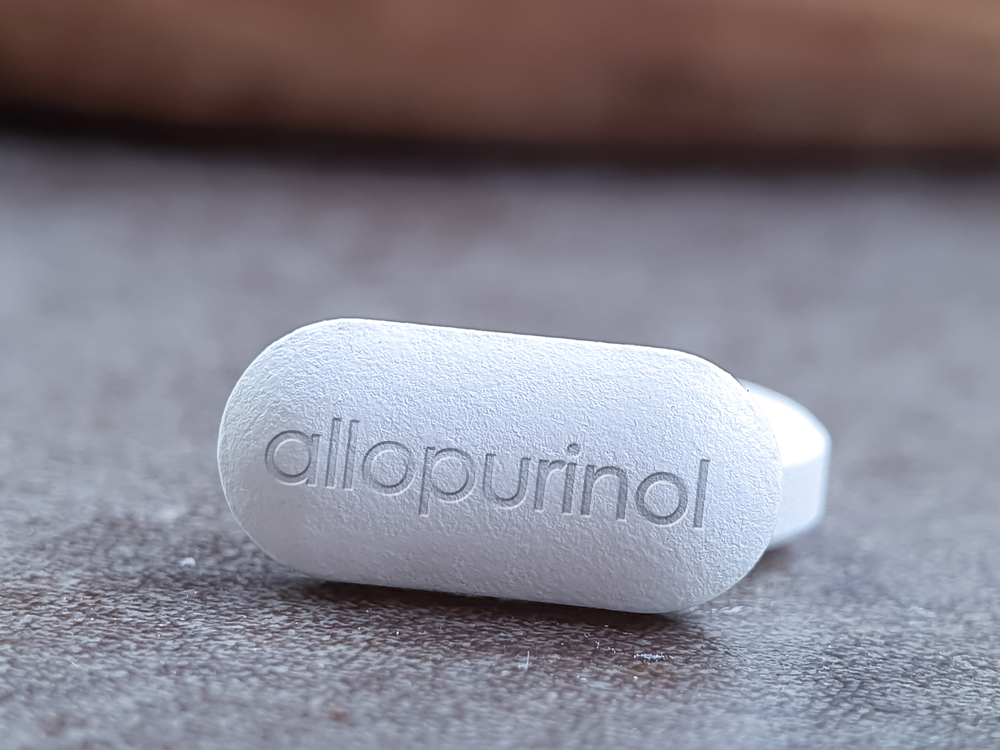Can Medication Cause Stevens-Johnson Syndrome?
Stevens-Johnson syndrome (SJS) is a serious but rare disorder of the mucous membranes and skin. Most commonly, SJS is a reaction to a medication. Starting with common flu-like symptoms such as fatigue, fever, a sore throat and mouth and burning eyes, it quickly progresses into something far more alarming. A red or purple rash can appear up to three days after the initial symptoms begin. Blisters may form on the skin and mucous membranes surrounding the mouth, nose and genitals. These are indicators that your condition may be SJS. If you or someone you know is experiencing these symptoms, seek immediate medical attention.
As Stevens-Johnson syndrome progresses, it turns into toxic epidermal necrolysis (TEN). TEN is an even more severe form of SJS in which more than 30% of the skin is affected (SJS is up to 10% of skin). This life-threatening disorder requires hospitalization for healing and pain control.

Medications Tied to SJS & TEN
As SJS and TEN are most commonly diagnosed as a reaction to a medication, it’s important to know which medications may put you at risk. They can be prescription or over-the-counter drugs. Common examples include anticonvulsants like Lamictal, anti-gout drugs like Zyloprim, antiretrovirals like Viramune and antibiotics like sulfonamides, penicillins, macrolides, tetracyclines and fluoroquinolones. Over-the-counter pain relievers such as acetaminophen, ibuprofen and naproxen sodium have also been known to cause SJS and TEN.
If you’re taking any of these medications and develop SJS or TEN, stop taking them immediately. If you’ve been diagnosed in the past with SJS or TEN, you should always insist on a substitute when prescribed these medications in the future. Previous SJS or TEN patients are encouraged to wear a medical alert bracelet or store their medical history in a secure and easily-accessed place such as a smartphone.
Can SJS Be Due to Medical Malpractice?
When prescribing these medications, doctors should inform patients of all possible side effects, including the risk of SJS and TEN. Physicians are also responsible for keeping abreast of any updated warnings, side effects and appropriate uses of all medications they prescribe. Failing to do any of this is negligent and may be considered medical malpractice.
In most states, pharmacists are held to specific laws that require counseling to patients when filling prescriptions. If they neglect this step, the pharmacy could be held accountable.
The U.S. Food and Drug Administration (FDA) is designed to act as a protective buffer between manufacturers and consumers. Pharmaceutical companies are aware of the associations between their drugs and serious side effects such as SJS or TEN. In some cases, they have purposely chosen not to apply or update adequate warnings on the medications. As a result, these companies can also be responsible when a patient develops these disorders.
While SJS and TEN are rare complications to medication, a reasonable doctor should be able to diagnose these disorders when performing a thorough exam. Failure to promptly diagnose and treat SJS can lead to TEN, threatening patients’ lives and requiring additional treatment and hospitalization.
Support is available if you or a loved one has been diagnosed with SJS or TEN and thinks it may be due to medical negligence. Experienced legal guidance, particularly from law firms that specialize in medical malpractice, is the best path to justice and compensation. Stevens-Johnson syndrome and toxic epidermal necrolysis are serious and potentially life-threatening disorders that can take months of recovery and be financially devastating. Researching your options for legal avenues to explore can help.
















